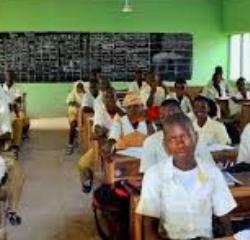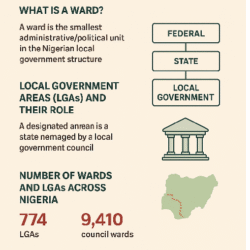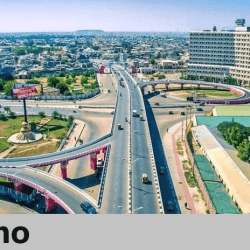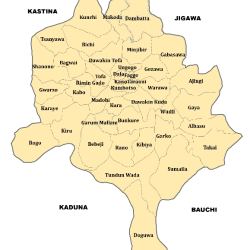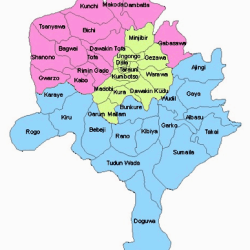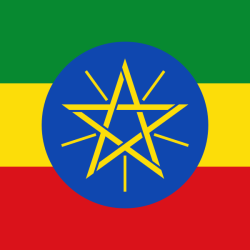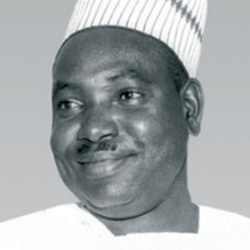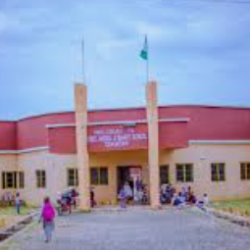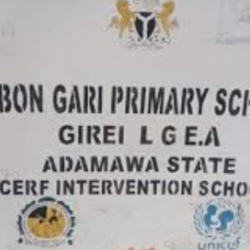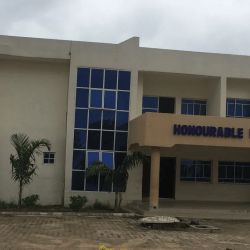Kano, like other states in Nigeria, has 3 sets of legislative constituencies, namely:
A. Senate
B. House of Representatives and
C. House of Assembly
A. Senate
Kano State has 3 senatorial districts as follows:
- Kano Central
- Kano North
- Kano South
The House of Senate districts (constituencies) and their LGAs for Kano State are:
District: Kano Central
LGAs: Dala/ Gwale/ Dawakin Kudu/ Kura/ Gezawa/Tarauni/ Fagge/ KMC/ Gar. Mallam/ Kumbotso/ Madobi/ Minjibir/ Nassarawa/ Ungogo/ Warawa
District: Kano North
LGAs: Bichi/ Shanono Bagwai/ Danbatta/ Makoda/ Dawakin Tofa/ Gabasawa
Gwarzo/ Kabo/ Tofa/ Rimin Gado/ Tsanyawa/ Kunchi
District: Kano South
LGAs: Ajingi/ Albasu/ Bebeji/ Bunkure/ Doguwa/ Garko/ Gaya/ Karaye Kibiya/Kiru/ Rano/ Rogo Sumaila/ Takai/ Tudun Wada/ Wudil
B. House of Representatives
Kano House of Representatives constituencies are:
- Albasu/ Gaya/ Ajingi
- Shanono/ Bagwai
- Bebeji/ Kiru
- Bichi
- Rano/ Bunkure/ Kibiya
- Dala
- Gwale
- Dambatta/ Makoda
- Dawakin Kudu/ Warawa
- Dawakin Tofa/ Tofa/ Rimin Gado
- Doguwa/ Tudun Wada
- Gezawa/ Gabasawa
- Gwarzo/ Ikabo
- Municipal
- Tarauni
- Karaye/ Rogo
- Kumbotso
- Kura/ Madobi/ Garun Mallam
- Nassarawa
- Fagge
- Sumaila/ Takai
- Minjibir/ Ungogo
- Tsanyawa/ Kunchi
- Wudil/ Garko
The House of Representatives constituencies and their LGAs are:
Constituency
LGAs
- Albasu/ Gaya/ Ajingi
Alabasu/ Gaya/ Ajingi - Shanono/ Bagwai
Shanono/ Bagwai - Bebeji/ Kiru
Bebeji/ Kiru - Bichi
Bichi - Rano/ Bunkure/ Kibiya
Rano/ Bunkure/ Kibiya - Dala
Dala - Gwale
Gwale - Dambatta/ Makoda
Dambatta/ Makoda - Dawakin Kudu/ Warawa
Dawakin Kudu/ Warawa - Dawakin Tofa/ Tofa/ Rimin Gado
Dawakin Tofa/ Tofa/ Rimin Gado - Doguwa/ Tudun Wada
Doguwa/ Tudun Wada - Gezawa/ Gabasawa
Gezawa/ Gabasawa - Gwarzo/ Ikabo
Gwarzo/ Ikabo - Municipal
Municipal - Tarauni
Tarauni - Karaye/ Rogo
Karaye/ Rogo - Kumbotso
Kumbotso - Kura/ Madobi/ Garun Mallam
Kura/ Madobi/ Garun Mallam - Nassarawa
Nassarawa - Fagge
Fagge - Sumaila/ Takai
Sumaila/ Takai - Minjibir/ Ungogo
Minjibir/ Ungogo - Tsanyawa/ Kunchi
Tsanyawa/Kunchi - Wudil/ Garko
Wudil/ Garko
C. House of Assembly
The House of Assembly constituencies in Kano State are as follows::
- Ajingi
- Albasu
- Bagwai/Shanono
- Bebeji
- Bichi
- Bunkure
- Dala
- Dambatta
- Dawaki Kudu
- Dawaki Tofa
- Doguwa
- Fagge
- Gabawa
- Garko
- Gaya
- Gezawa
- Gwale
- Gwarzo
- Kabo
- Karaye
- Kibiya
- Kibiya
- Kiru
- Kumbotso
- Kunchi/ Tsanyawa
- Kura/ Garun Malam
- Madobi
- Makoda
- Minjibir
- Municipal
- Nassarawa
- Rano
- Rimin Gado/ Tofa
- Rogo
- Sumaila
- Takai
- Tarauni
- Tudun Wada
- Ungoggo
- Warawa
There are 40 members of Kano State House of Assembly. Each member represents one of the 40 constituencies.
Although Kano State 44 Local Government Areas (LGAs), 4 have been joined with another 4 as a pair to form a constituencies. This usually happens in state house of assembly constituency delineation when some LGAs are small to, alone, form a constituency.
The LGAs combined to form a constituency are as shown below:
- Bagwai/ Shanono
- Kunchi/ Tsanyawa
- Kura/ Garun Malam
- Rimin Gado/ Tofa
The Chamber and the offices of Kano House of Assembly members are located in Kano city at Abdu Bako Secretariat.

Kano LGAs
Kano State has 44 LGAs (Local Government Areas), namely:
- Ajingi
- Albasu
- Bagwai
- Bebeji
- Bichi
- Bunkure
- Dala
- Dambatta
- Dawakin Kudu
- Dawakin Tofa
- Doguwa
- Fagge
- Gabasawa
- Garko
- Garun Mallam
- Gaya
- Gezawa
- Gwale
- Gwarzo
- Kabo
- Kano Municipal
- Karaye
- Kibiya
- Kiru
- Kumbotso
- Kunchi
- Kura
- Madobi
- Makoda
- Minjibir
- Nassarawa
- Rano
- Rimin Gado
- Rogo
- Shanono
- Sumaila
- Takai
- Tarauni
- Tofa
- Tsanyawa
- Tudun Wada
- Ungogo
- Warawa
- Wudil
Metropolitan LGAs of Kano
Six of the Local Government Areas: Fagge, Gwale, Tarauni, Kano Muncipal, Nassarawa and Dala comprise Kano city metropolis.
Kano State
Kano, a State in Nigeria is located in the northwest geo-political zone of the country. The state capital is Kano city. Six local government areas, namely; Fagge, Gwale, Tarauni, Kano Muncipal, Nassarawa and Dala have virtually joined to form what is called Kano metropolis. The city of Kano is not only the capital but also the commercial nerve centre of the state.
It is the second largest city in Nigeria after Lagos.

Kano was among the 12 states created in May 1967 out of the former Northern Region. It shares boundaries with Katsina, Jigawa, Bauchi and Kaduna State. The state was intact until August 27,1991 when Jigawa State was carved out of it.
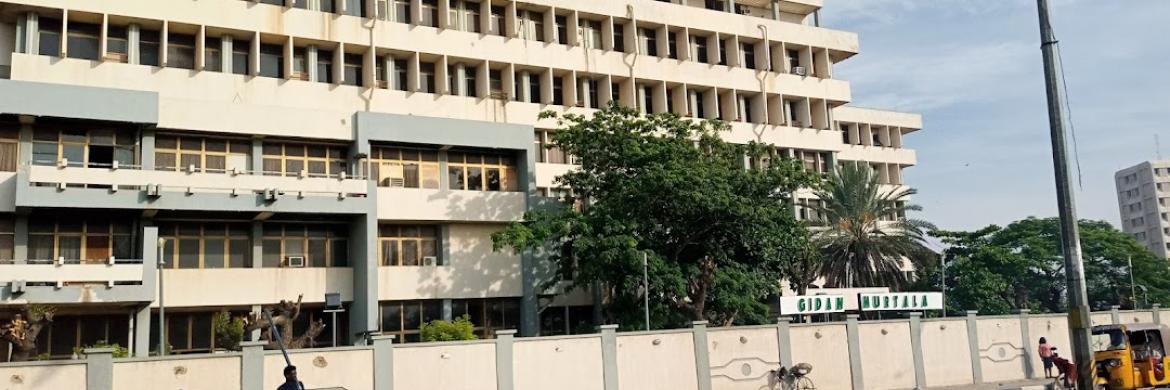
It is one of the largest states in Nigeria in terms of population, having a population of about 9, 383, 682 in the 2006 census. Its has 44 local governments, with an area of 20,479.6 square kilometer. The population density is about 458 persons per square kilometre.

The state has over 18, 684 square kilometres of cultivable land and it is the most extensively irrigated state in Nigeria. Kano State is noted for its famous markets and it is an industrial centre in the north. Trading articles in the Kano City include leather goods, local crafts, dyed textile materials as well as camels.

Centuries ago, Kano was largely cosmopolitan with settled populations of Arab, Berber, Tuareg, Kanuri and Fula and remains so with the Hausa language spoken by many residents.
It is the traditional state of the Dabo dynasty who have ruled as emirs over the city-state since the 19th century.
The city is one of the seven medieval Hausa kingdoms.
Located in the Savanna, south of the Sahel, Kano is a major route of the trans-Saharan trade, having been a trade and human settlement for many years.
Prior to the creation of Kano State in 1967, it was the largest Hausa Kingdom in Africa that is currently 1000 years old, based on an ancient settlement around Dala Hill.
According to the Kano Chronicle, Bagauda, a grandson of the mythical hero Bayajidda. became the first king of Kano in 999AD, reigning until 1063AD.
Muhammad Rumfa ascended to the throne in 1463 and reigned until 1499.
During his reign he reformed the city, expanded the Sahelian Gidan Rumfa (Emir’s Palace), and played a role in the further Islamization of the city as he urged prominent residents to convert.
The Hausa state remained independent until the Fulani conquest of 1805.
At the beginning of the 19th century, Fulani Islamic leader Usman dan Fodio led a jihad affecting much of northern Nigeria, leading to the emergence of the Sokoto Caliphate.
Kano became the largest and most prosperous province of the empire.
In March, 1903 after a scanty resistance, the Fort of Kano was captured by the British, It quickly replaced Lokoja as the administrative centre of Northern Nigeria.
It was replaced as the centre of government by Zungeru and later Kaduna and only regained administrative significance with the creation of Kano State following Nigerian independence in 1960.

